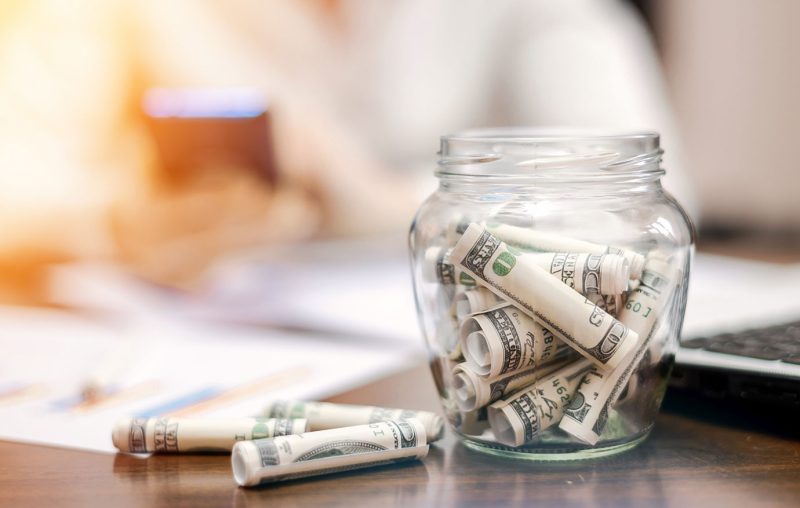Gold and Silver Market Trends
The global precious metals market witnessed a downswing at the end of the week, with both gold and silver prices displaying a slump. Notably, this price shift coincides with the Personal Consumption Expenditures (PCE) index displaying a stationary trend in April. The PCE index, which measures the changes in the price level of consumer goods and services, continues an unvarying trajectory, throwing its impact on various market areas.
Gold and Silver Price Movement
The price of gold decreased significantly by the end of the week, with losses being accredited to the stagnation of the PCE index. The gold market has been volatile, grappling with the fluctuations caused by investor sentiment and economic indicators. The overall market conditions led to the softening of the gold price, providing an intriguing scenario for investors. The fall in gold prices also aligns with the current direction of the dollar index, which negatively correlates with the yellow metal, hence reinforcing this price movement.
Silver, on the other hand, also followed a similar trend. Attributed to identical economic conditions as gold, silver ended the week lower. Silver prices have been influenced by the interplay of multiple factors including supply-demand dynamics, inflation predictions, and the state of the global economy. With PCE staying flat in April, investors’ demand for silver, too, blurred.
PCE’s Impact on Precious Metal Prices
The PCE is an important economic indicator, especially for precious metals that are widely considered as safe-haven investments. A flat or stagnant PCE indicates a stable consumer spending pattern without palpable hike or reduction, which usually means a steady economy. This stability often discourages investments in safe-haven assets like gold and silver, resulting in a decrement in their prices.
On days when inflation fear stifles the market, gold and silver become the go-to assets for investors. However, with the PCE displaying flatness, the inflation risk goes on the back burner, tempering the demand for these precious metals. With the economy showing no signs of intoxicating fluctuations, the appeal of gold and silver as a hedge against economic instability weakens, driving their prices down.
Future Trajectory of Precious Metals Markets
The future direction of the gold and silver market will highly depend on forthcoming economic data, including the evolution of the PCE index. If the PCE continues to remain flat, gold and silver are likely to confront further pressures on the price front. Nevertheless, other factors like geopolitical tensions and market anxieties can bolster the prices of these metals.
The precious metals market is always fluctuating, affected by a wide range of economic indicators and investor sentiment. The recent decrease in prices of gold and silver at the tail-end of the week underscores the far-reaching impacts of economic conditions on these markets, spotlighting the overbearing influence of elements such as the PCE index. While the future remains unpredictable, it behooves investors to keep a close eye on these indicators to better navigate the ever-changing seas of the precious metal markets.




